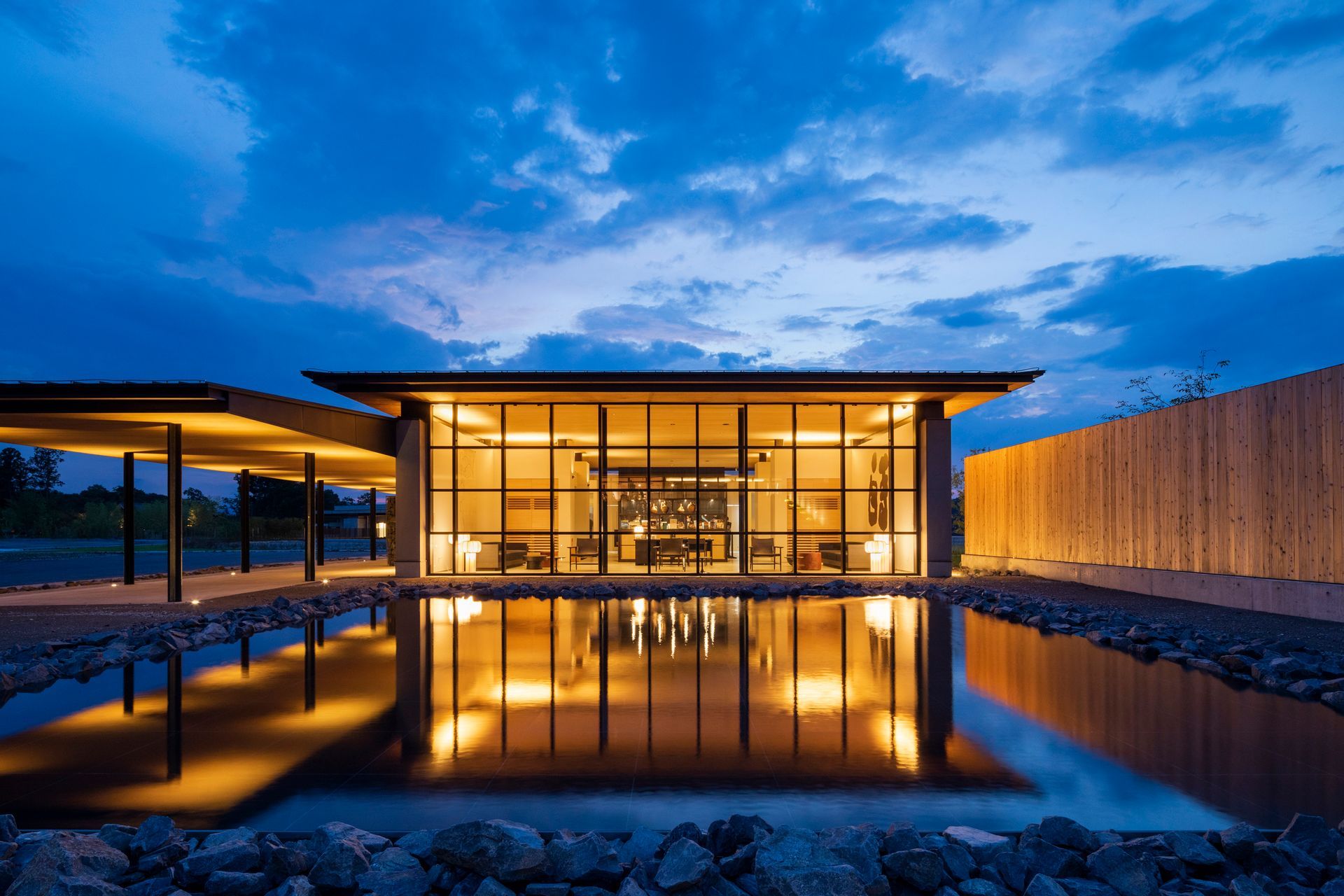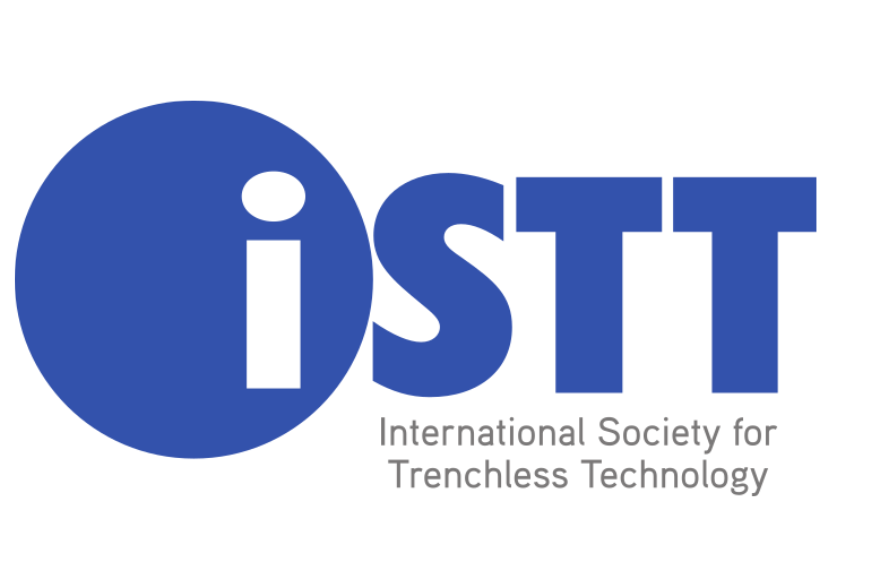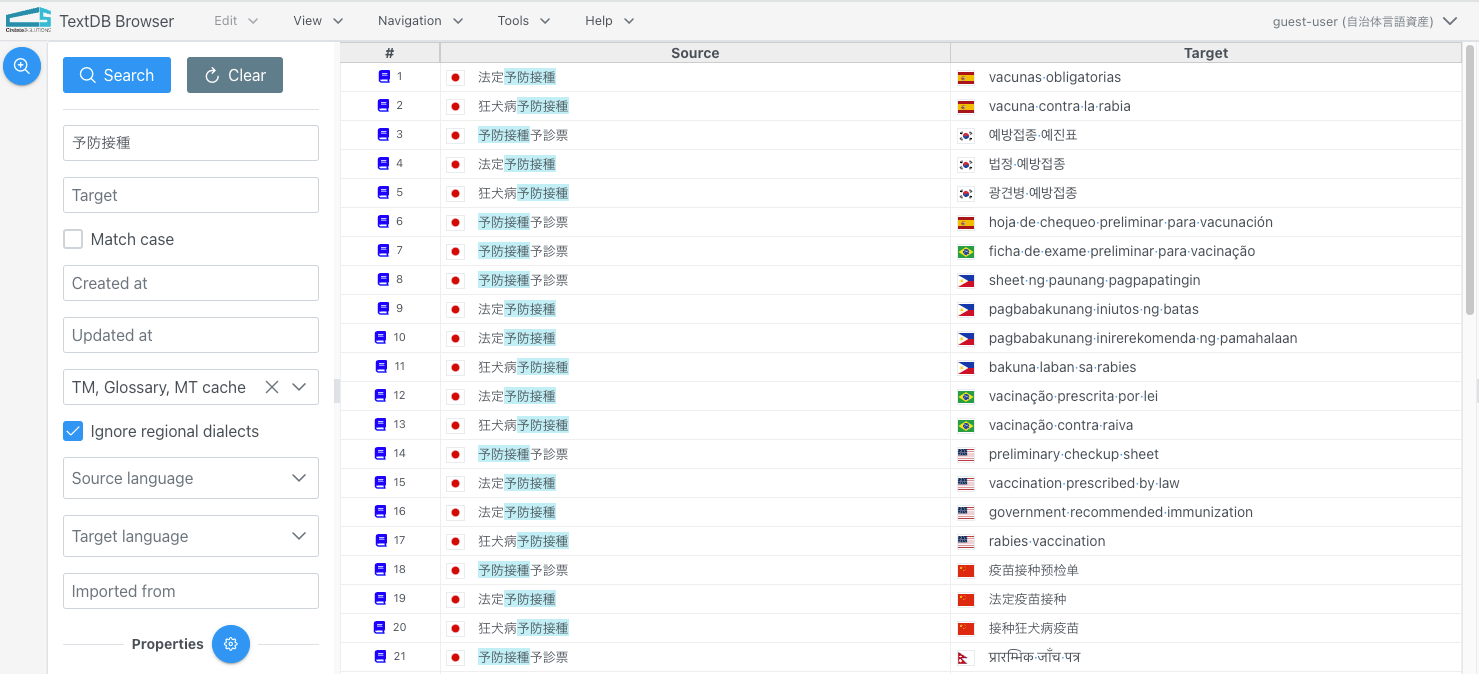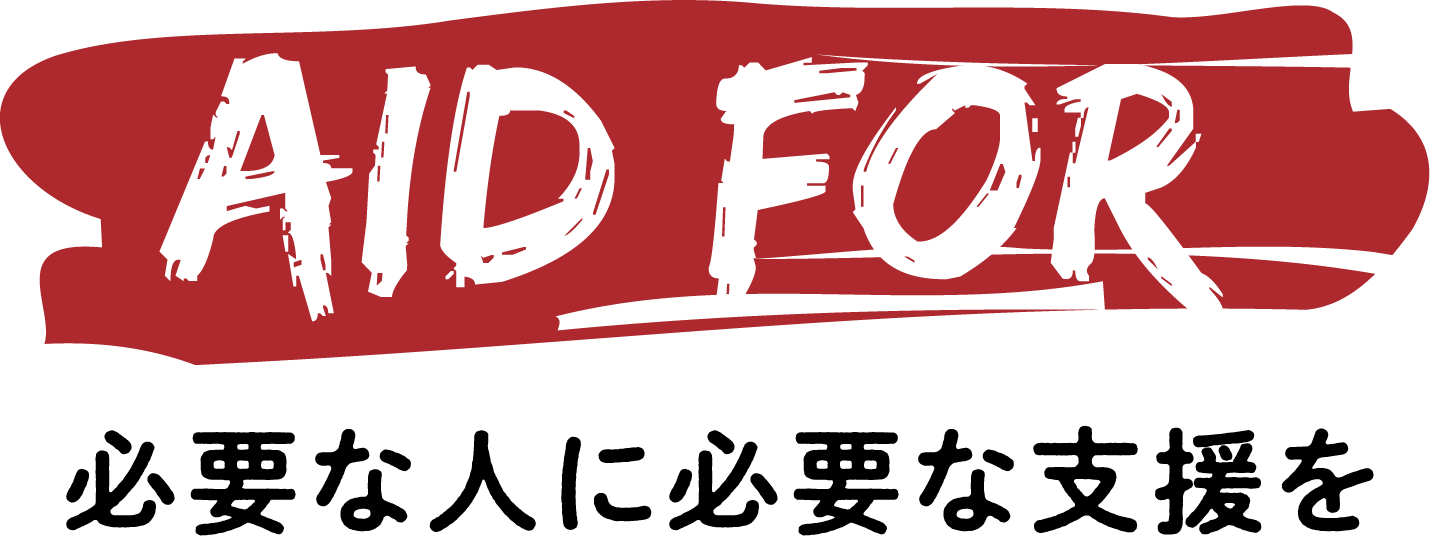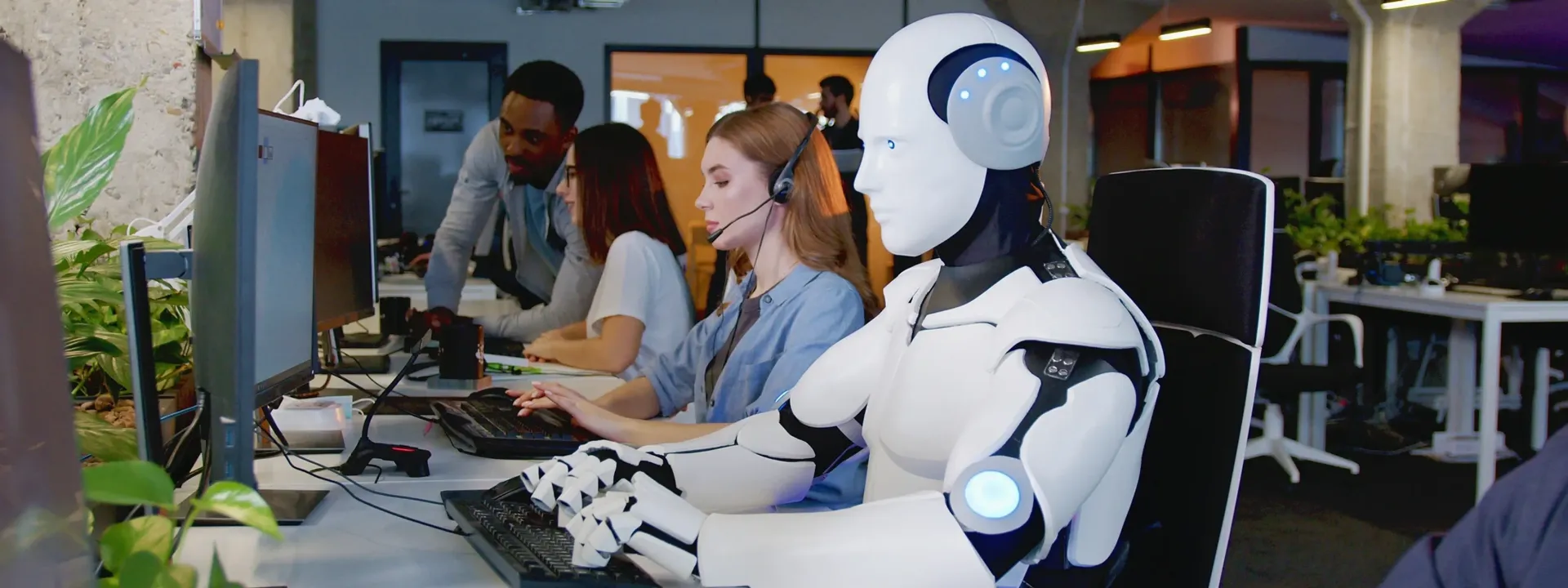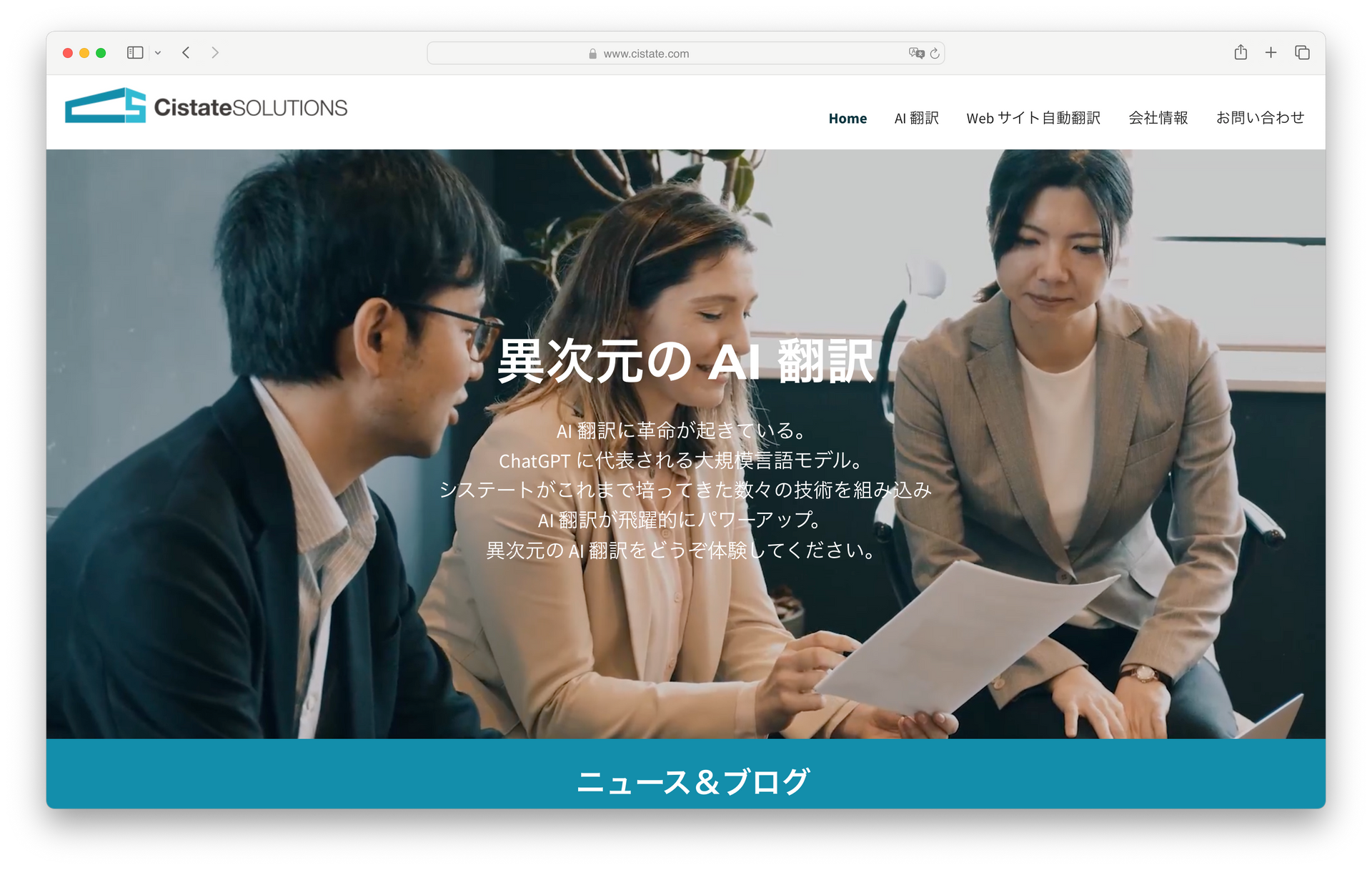How Suzuka Circuit Automated the Management of Its Multilingual Website
As a legendary motorsports venue, Suzuka Circuit attracts motorsports fans from across Japan and around the world. Its global reputation is well established, and as international visitors have returned following the pandemic, providing information in multiple languages has become increasingly important.
Previously, our English and Traditional Chinese websites were managed manually. Now, they are powered by Cistate Translation Proxy, our automated website multilingual solution. In this article, we interview the website manager at Honda Mobilityland Co., Ltd. Suzuka Circuit about the challenges they faced in managing a multilingual website, the process that led them to adopt an automation solution, and their experience after implementation.
As this is a world-renowned circuit, we have long welcomed many visitors from overseas. Since the COVID-19 pandemic, have you personally noticed any changes in the number of customers coming from overseas?
Before the COVID-19 pandemic, we welcomed many visitors from overseas. In addition to hosting international racing events like F1 that attract visitors from around the world, we have also managed amusement parks, hotels, and restaurants since our founding. These facilities have seen a significant increase in visitors, especially from across Asia. Everything was steadily growing until early 2020, but due to the COVID-19 pandemic, it dropped to almost zero. As a result, we decided to temporarily pause work on our foreign language websites.
After the pandemic subsided, we gradually saw an increase in customers from overseas, and especially since the start of 2024, this growth has accelerated rapidly. As a result, there is now a growing demand for more information, higher quality, and faster updates when sharing content on foreign language websites.
You mentioned that foreign language pages were managed manually. At that time, were you manually maintaining the same content as the Japanese pages?
Since our Japanese website has a large number of pages and a lot of content, we manually selected information from the Japanese pages to create the foreign language site. As a result, the foreign language site contains about one-fifth of the information compared to the Japanese version.
At that time, were the supported languages English and Traditional Chinese?
Yes, we introduced English in 2014 and Traditional Chinese in 2016. English is fundamental, but we also support Traditional Chinese to connect with clients in Taiwan and Hong Kong.
In 2016, a mobility-themed park called "Suzuka Circuit Park" opened in Kaohsiung, Taiwan, where our company provides licensing and operational consulting for Suzuka Circuit. One of our main goals is to use this facility as a gateway to encourage visitors to come to the original Suzuka Circuit in Japan.
Another reason is that word of mouth in Hong Kong has spread about our facilities being ideal for families with young children to play together and stay for several days, which has led to an increase in visitors from Hong Kong.
What challenges did you face when manually managing English and Traditional Chinese?
This is the time lag before publication. Since we needed a native check, it always took at least a week longer than the Japanese version, and usually about two weeks. In addition, there were also cost-related challenges. Even when creating content identical to the Japanese version, the translation and related work required extra effort, resulting in higher costs compared to Japanese. It was quite burdensome in terms of time, effort, and expenses.
At the time, machine translation was also an option. Did you consider using it?
Yes, we considered it, but at that time, machine translation in the 2010s did not meet our quality standards, so we decided to use manual translation instead. In particular, there were specialized terms and expressions related to racing, and I believe that machine translation at the time struggled with those.
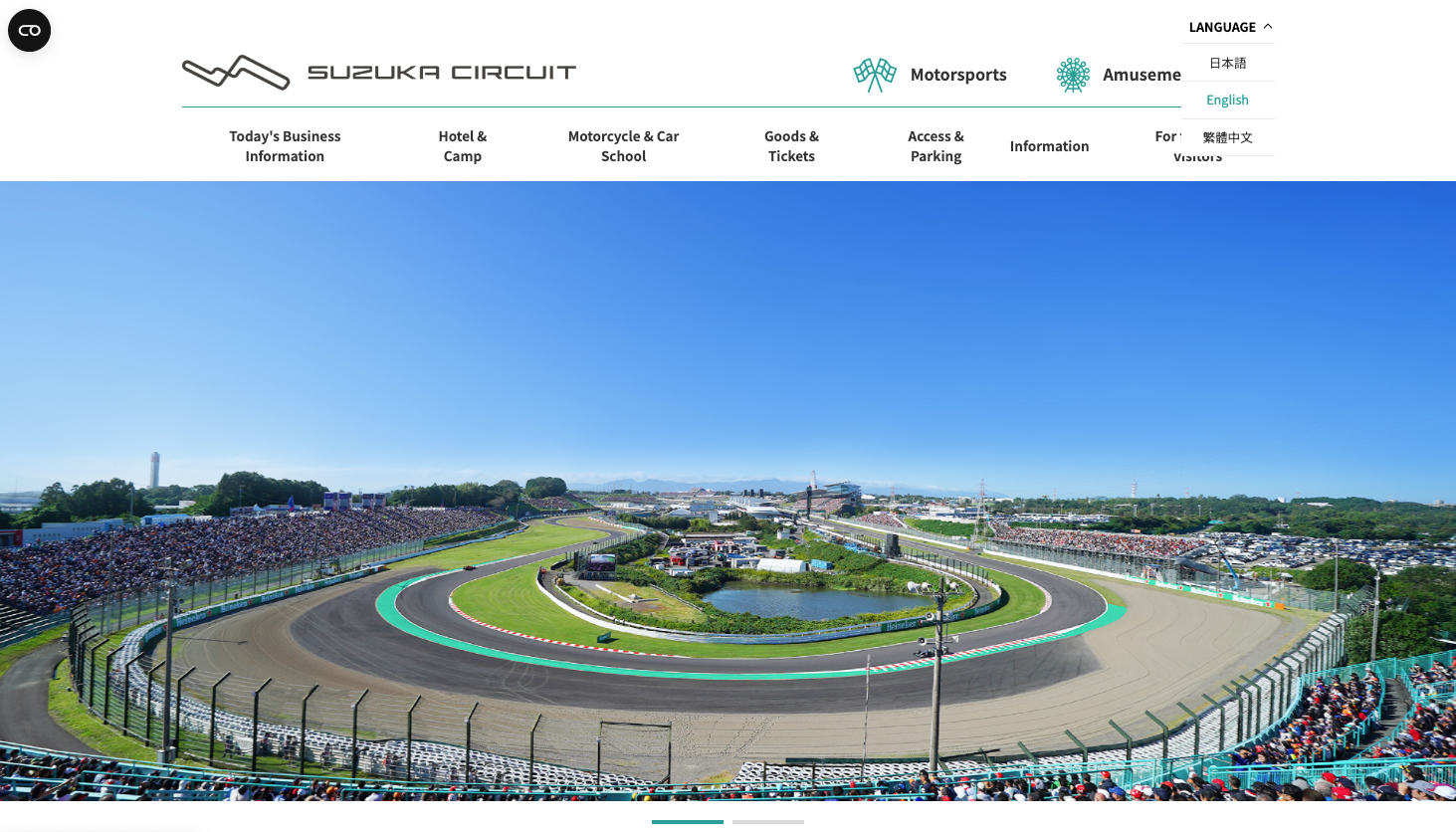
Now, let's move on to discuss the translation proxy you are currently using. When we first reached out to you, what were your expectations?
Just as the COVID-19 pandemic was coming to an end, our company was preparing to resume our efforts to support foreign languages and attract inbound visitors. We were considering resuming updates manually as we had done before, but after learning about translation proxy solutions, seeing real-world examples, and confirming the translation quality, we decided to consider it as an option.
As our company was just about to start initiatives targeting inbound business, we expected that implementing a translation proxy would require some time and cost. However, we believed the long-term benefits would outweigh these, so we decided to move forward with the implementation.
We initially used the translation proxy for special event pages. When using the event page at that time, were there any specific points you wanted to check or evaluate?
Although we had seen case studies and felt confident about the translation quality, we were still concerned about whether it would work smoothly on our own website during actual operation. However, once we began operational testing and saw that the system performed and translated as expected, we were able to build trust within the company, and the implementation process went smoothly.
Afterwards, they decided to implement it across the entire Suzuka Circuit website. Besides translation quality, what was the deciding factor for choosing our service?
Of course, translation quality was important, but what really stood out was how easy it is to register terminology and proofread text. While most of the work is handled by machine translation, there are still unique expressions that can't be fully captured. The fact that you offered an easy-to-use interface for registering terminology and editing text was a major deciding factor for us.
Another major factor is the difference in cost. Compared to before, it's now about one-tenth the size, so we can consider adding even more languages in the future.
Thanks to this, I can now allocate the time and effort I used to spend on creating foreign language websites to other tasks, which has been a huge help. As we are now focusing more on reaching inbound audiences, we expect that translation proxy technology will continue to be extremely useful for us moving forward.
After implementing the translation proxy, did you notice any changes, such as an increase in access or inquiries from overseas?
As we provide information in foreign languages at the same level as in Japanese for the first time, our website traffic is steadily increasing. However, we believe there is still significant potential to increase our international reach.
You have been using our translation proxy for some time now. Are there any features you have found particularly useful in your operations?
First, our staff can intuitively and easily proofread content themselves, since they have direct editing rights. Additionally, since we often have last-minute changes related to events, the translation proxy has been extremely helpful. It automatically pulls updated information from the Japanese content and translates it into other languages, allowing us to respond quickly to changes.
There are some unique aspects to our site’s structure and a large number of pages, so we did encounter a few minor issues during implementation. However, your team has responded quickly each time, and we are very satisfied.
Do you have any requests or expectations for our translation proxy in the future?
Compared to our previous manual operations, the change has been truly dramatic—it's been nothing but positive for us. If anything, there are some issues with how the Japanese pages are structured, and in particular, some short sentences have been translated in unintended ways. With such a large number of pages, it's difficult to check every single one. It would be helpful if translations could automatically use words that fit naturally with the site's content.
While the proofreading process is already quite user-friendly, I think it would be even better to have a more intuitive user interface—something that allows new employees to get started with their tasks right away.
Additionally, expanding beyond just translation proxies to include web development, we're also considering whether we can integrate our translation system more closely with the original site creation process. We collaborate with several web development teams. While we have unified guidelines, some teams use unique approaches to avoid monotony in our projects. We believe that by establishing a unified structure for our pages that works seamlessly with translation proxies, we can ensure that any newly added pages can also be translated smoothly. Regarding that matter, we hope to discuss and update the production guidelines together with your company moving forward.
Suzuka Circuit is known as a mecca for motorsports, attracting visitors from all over Japan and abroad. Could you tell us what makes it so appealing to so many people?
I believe there are two main aspects. One is motorsports such as racing, and the other is its role as a comprehensive leisure destination.
We host many top-tier races, including the F1 World Championship and the Suzuka 8 Hours. As of 2024, it has been 62 years since we opened, and the layout of the racing course has remained almost unchanged since our founding. Because the course is carved out of hilly terrain, there are significant elevation changes. The traditional layout also allows spectators to watch the action up close to the course. As an increasingly rare old-school type of circuit, we have received high praise from customers and drivers from around the world. Fortunately, we are recognized as a hub for motorsports, and we take pride in the achievements we have built up over the years, which we believe are not only valued in Japan but also resonate worldwide.
The other is an amusement park that opened in the company's second year, 1963, originally called 'Automobile Amusement Park.' We've long embraced the idea of sparking children's interest in motorsports like cars and motorcycles by letting them interact and explore from a young age, so families can enjoy and connect with the world of motorsports together. To ensure a comfortable stay, we also offer amenities such as restaurants, hotels, and hot springs. We value creating experiences that everyone can enjoy together, from young children to the whole family.
Today, there are countless things and experiences available, but we take pride in our expertise in motorsports and amusement facilities. By valuing these two core elements, we hope to continue providing enjoyable experiences to customers both in Japan and around the world.
Suzuka Circuit https://www.suzukacircuit.jp/
Contact Information https://www.suzukacircuit.jp/contact_s/
TEL: 059-378-1111 (Main Line)
Business Hours: 9:30 AM – 6:00 PM
All you need is a URL. Cistate Translation Proxy: Easy to Implement with Minimal Effort
Cistate Translation Proxy automatically builds and manages multilingual websites by directly retrieving information from your public web pages. We combine large language models with our proprietary natural language processing technology to deliver highly accurate, automated multilingual websites. For more information about Cistate Translation Proxy, please see this page as well.
Contact Us About This Matter
+81-3-6878-5790


